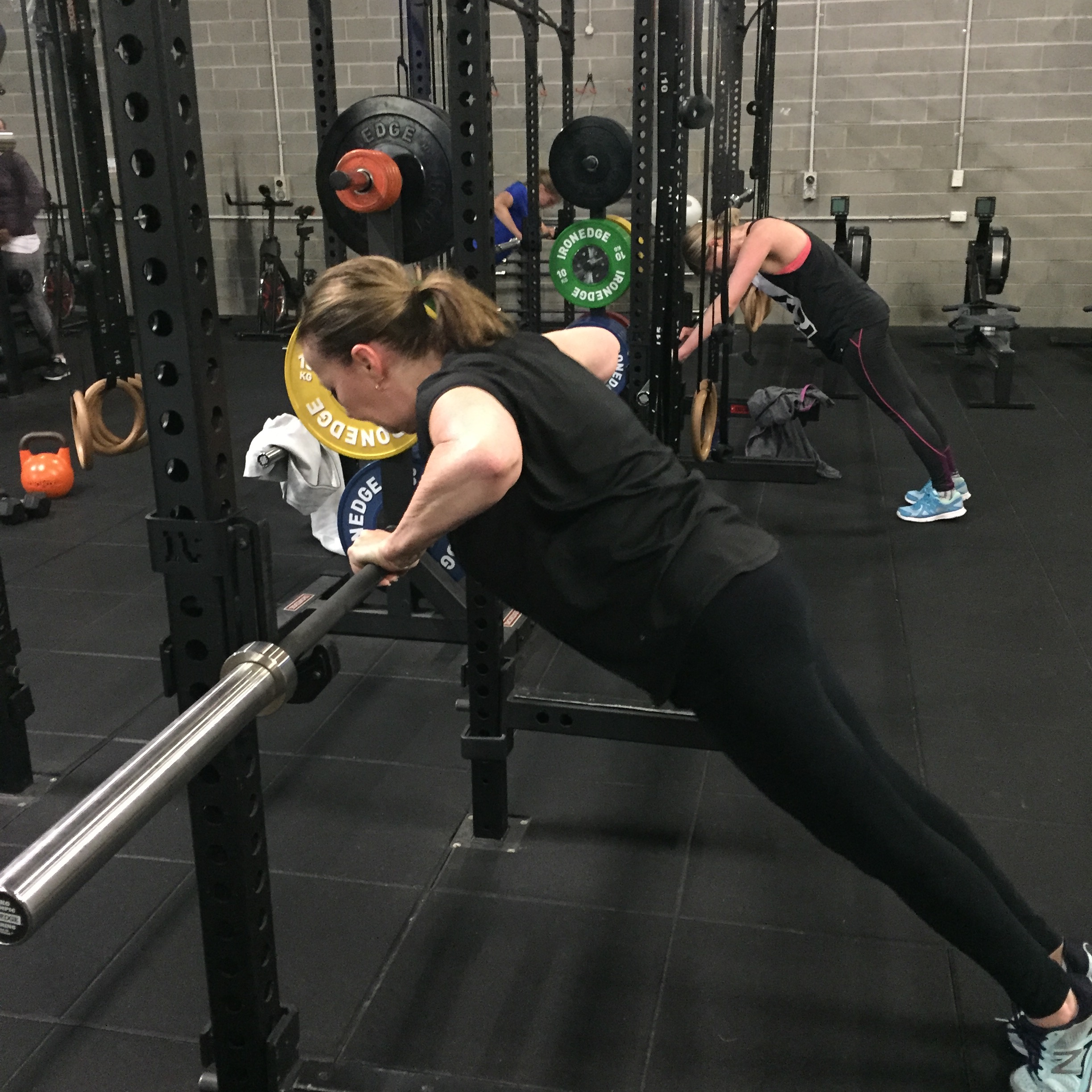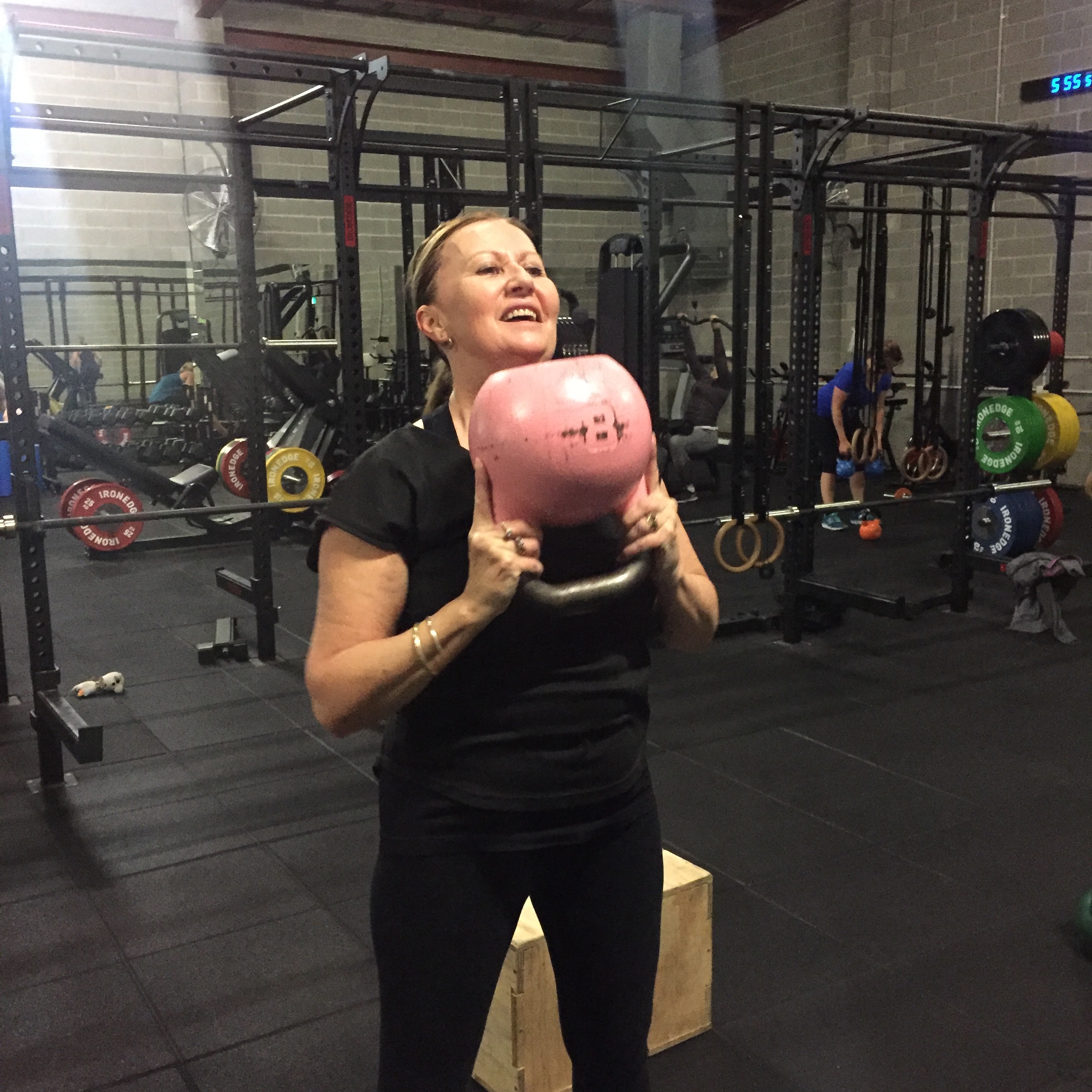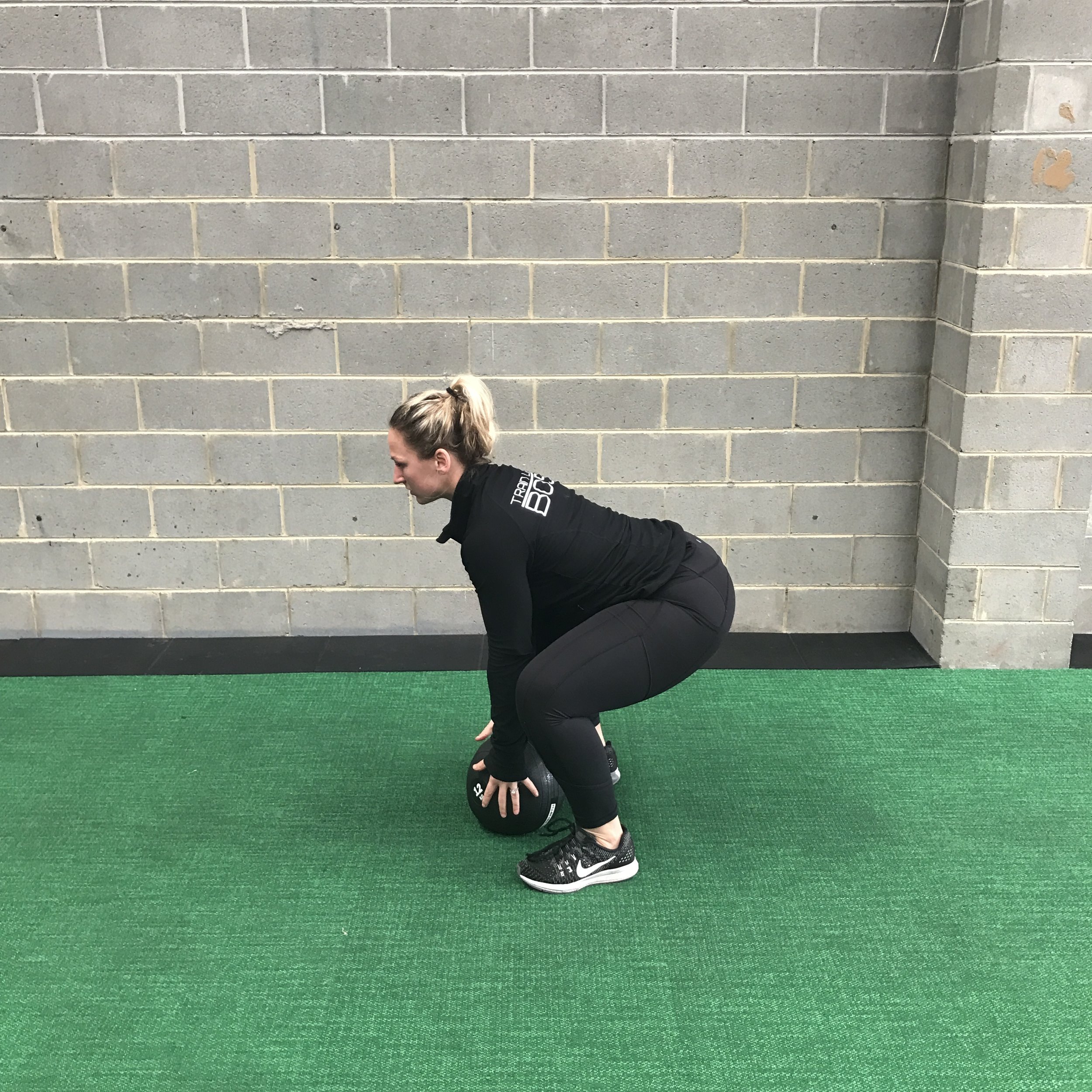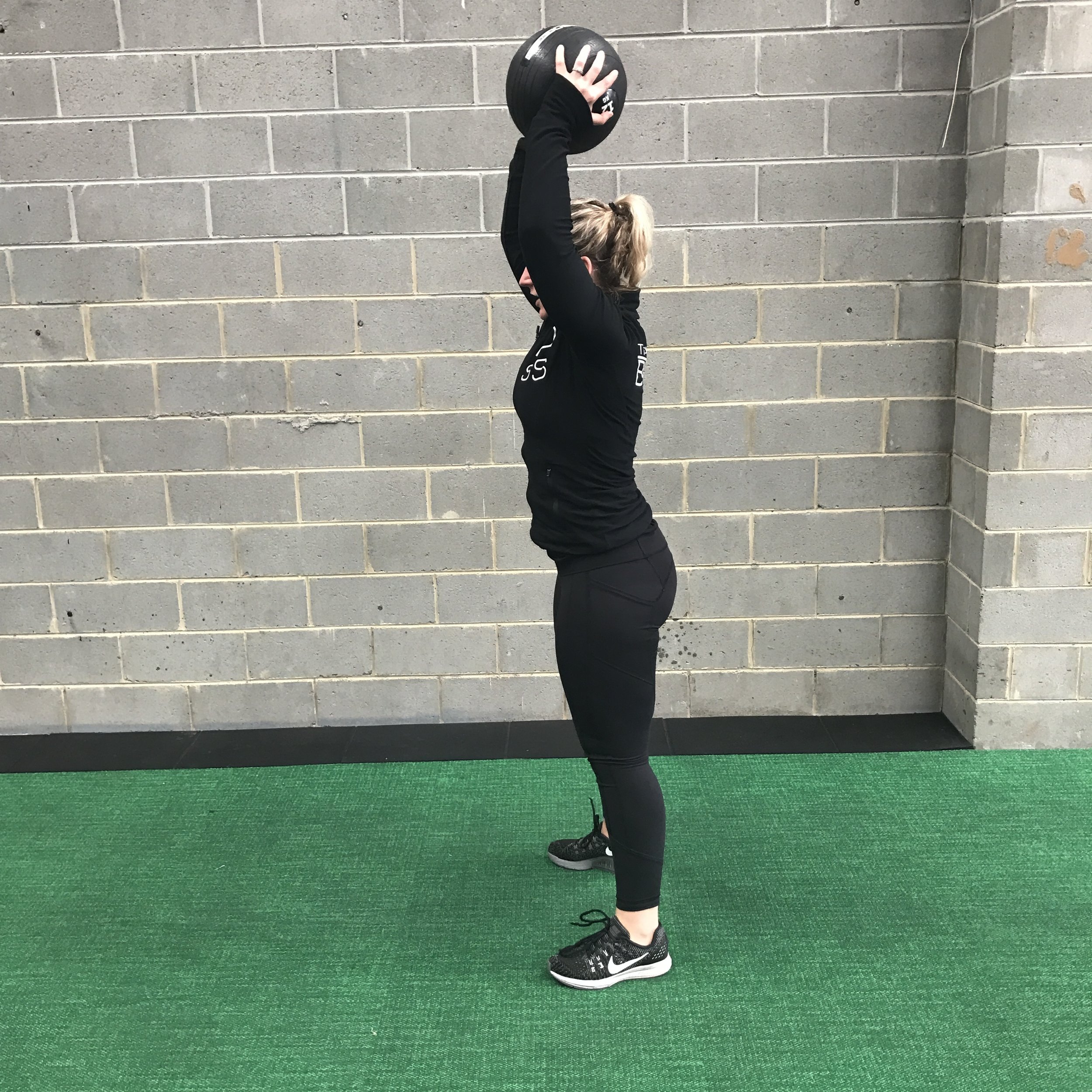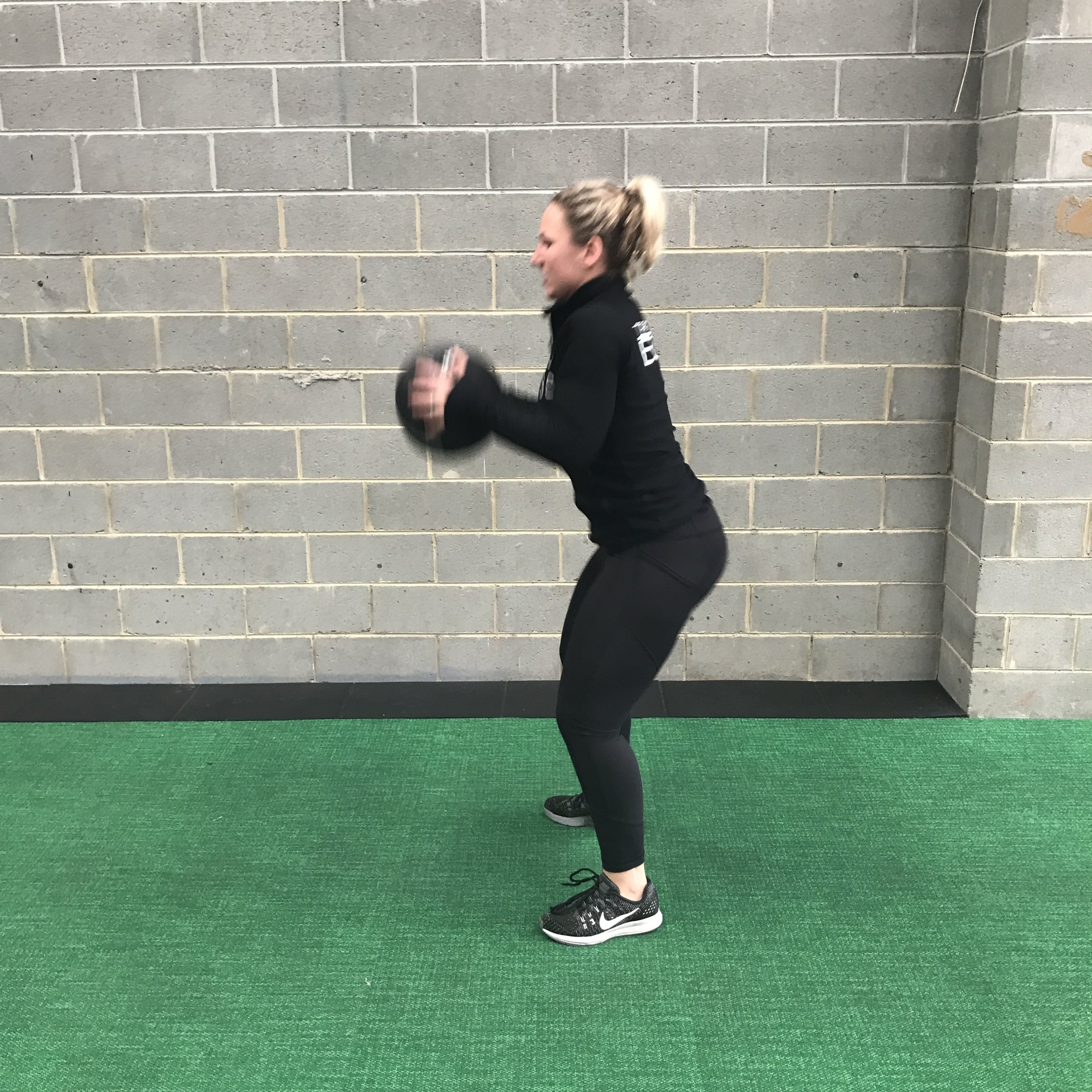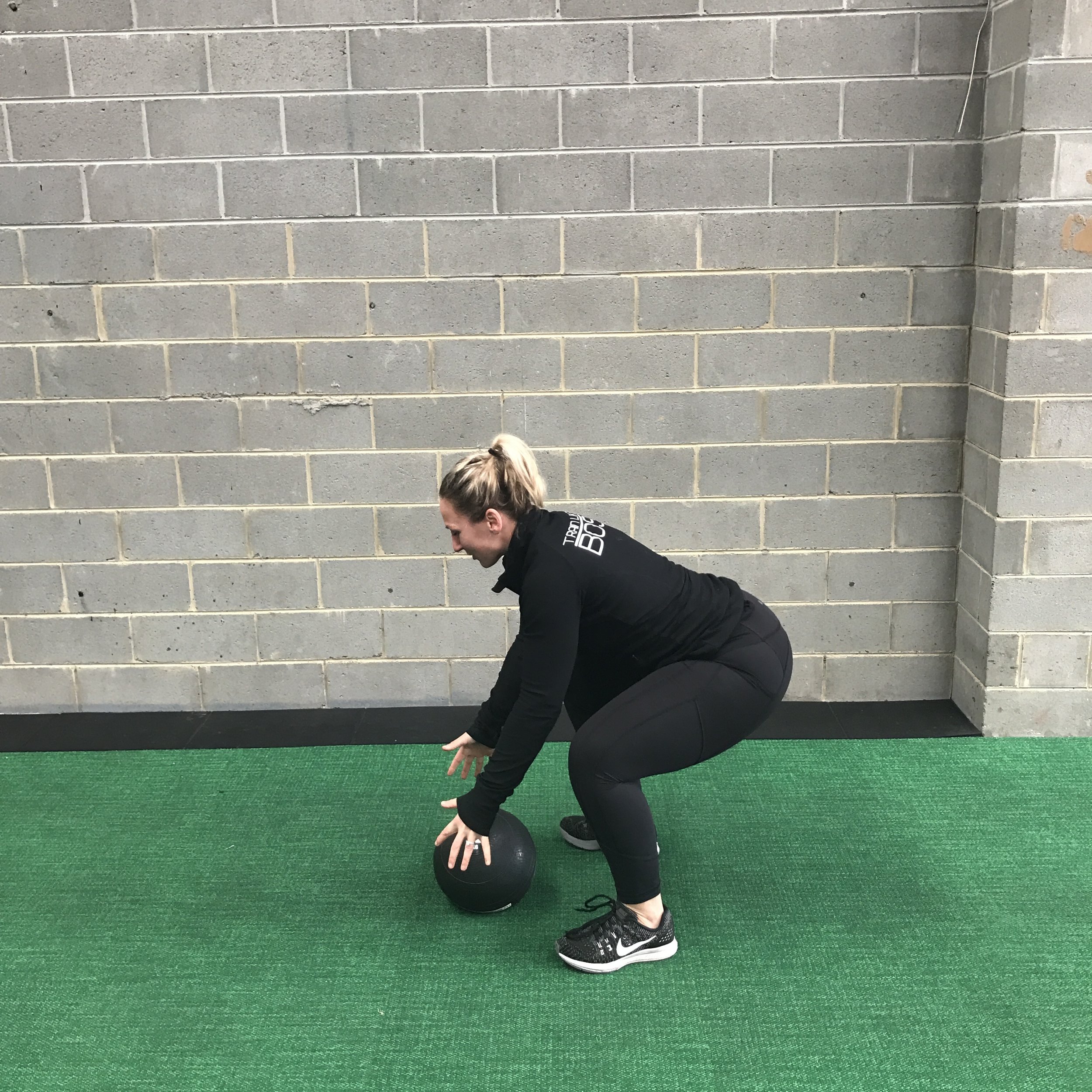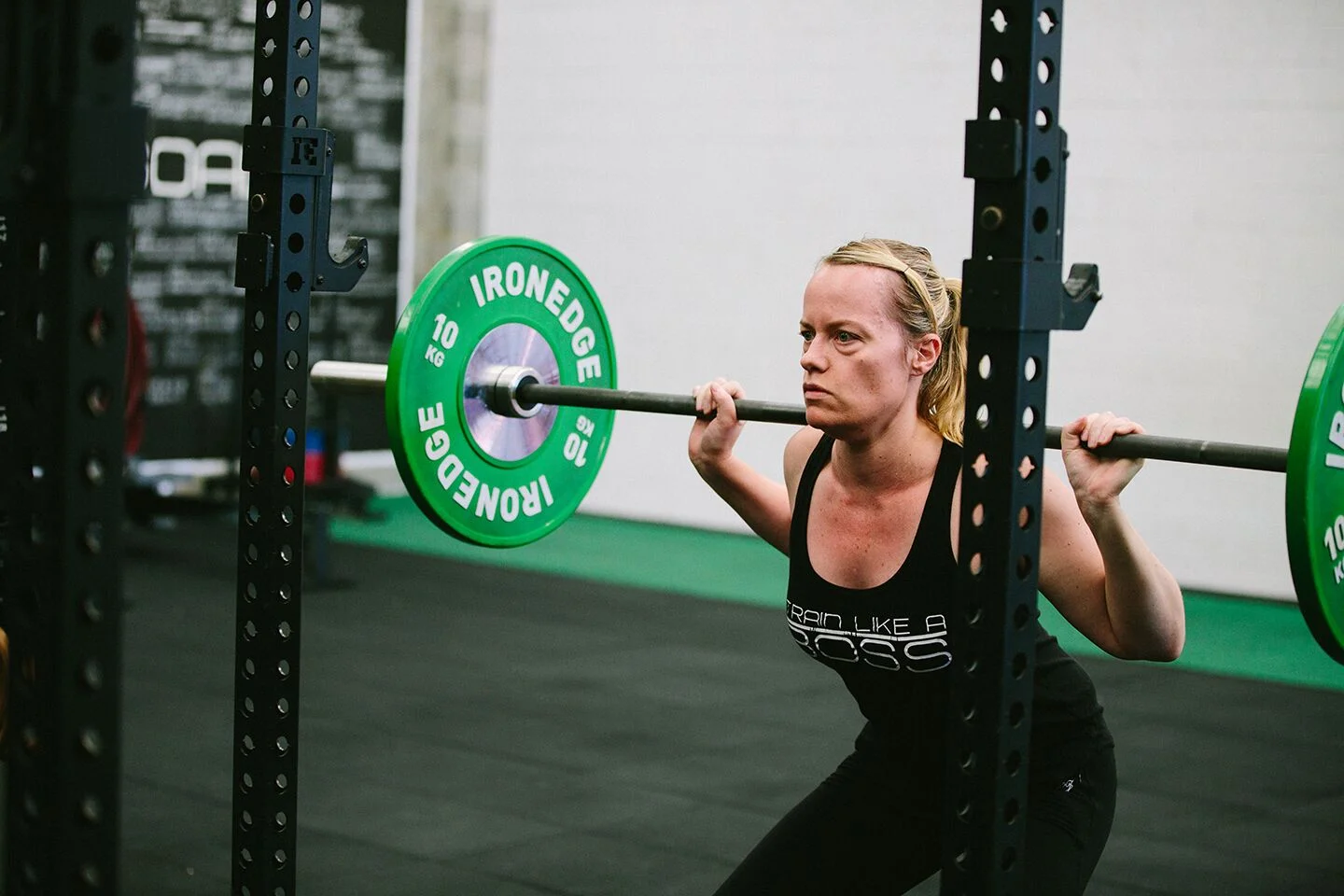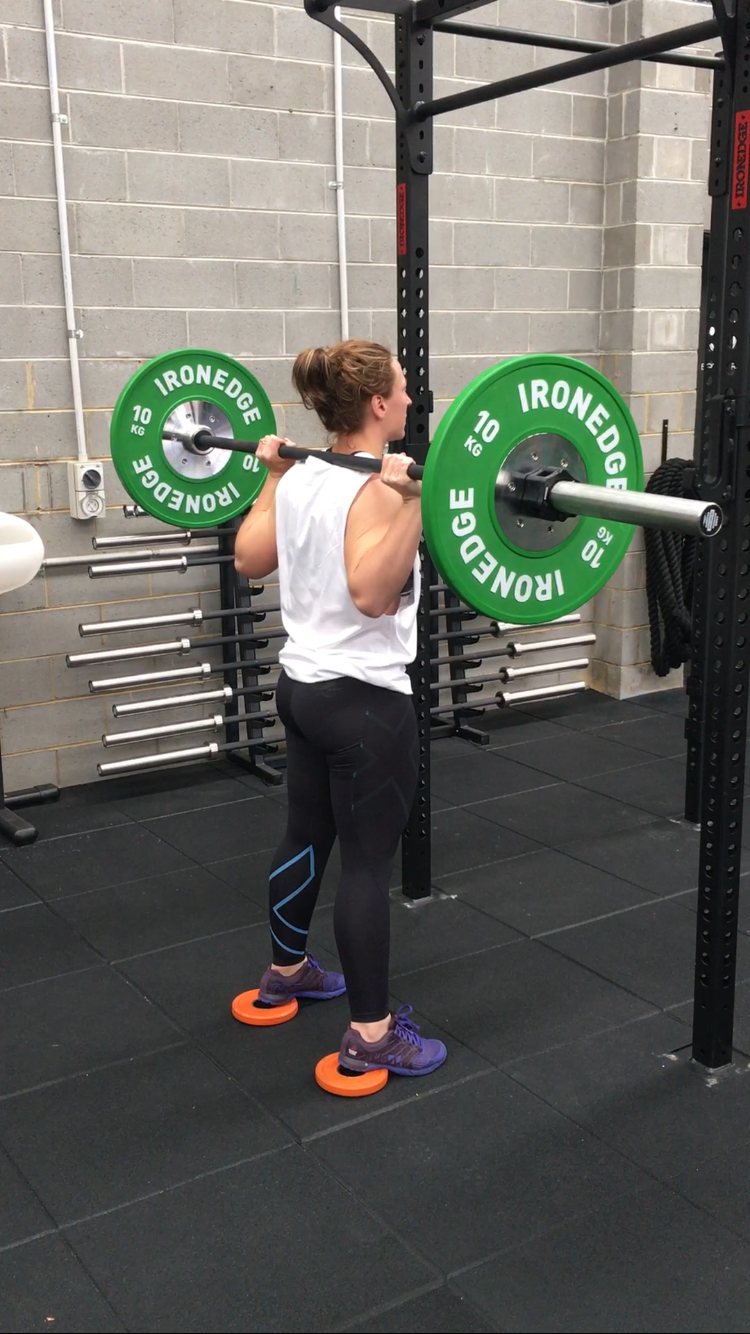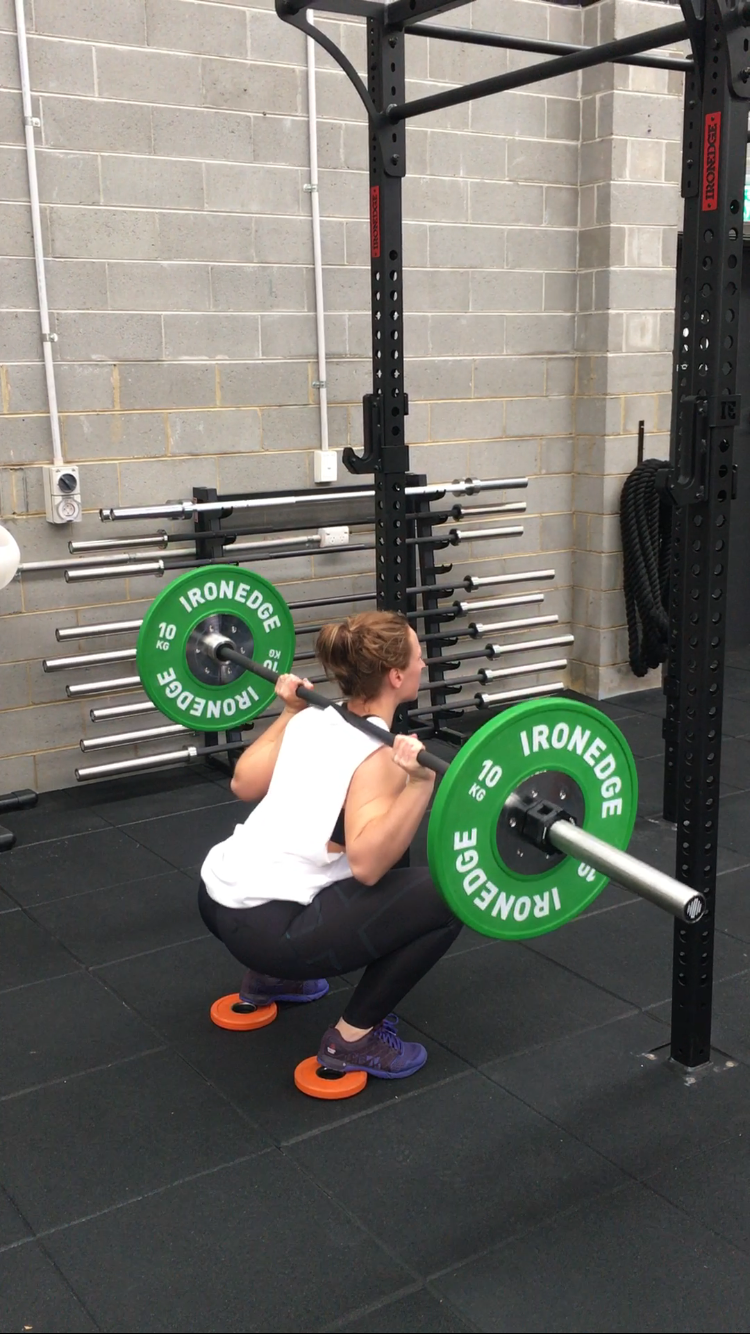Carey's Story - 53yrs
Carey has been part of Boss since the very first day, back when some session would just be him on his own. Carey has always been someone who went to the gym but has now taken everything to the next level - his fitness, his strength and his knowledge on good nutrition and training.
I am so impressed with Carey’s dedication, watching how much his technique has improved over the last 12 months is amazing. No matter if Carey has limitations, he will find a way to exercise, he wont let it bother him and will work around anything and still manage to be covered in sweat and smashing out an awesome session. Because Carey understand how important exercise is for both his physical and mental health nothing will get in his way.
“I felt like throwing up when I first joined “team Mia” but I was hooked! For years I had been going to the gym and just doing the standard 4 sets of 8-12 reps on specified muscle groups with no real purpose or results.
It was by chance that I signed up for a 12 week challenge (Mia promised me weight loss and youthful looks) at least she achieved one of her objectives! As circumstance played out Genesis closed and we were “forced” to continue our program at Mentone Primary School with Mia where I did my first boot camp. Anyway after three knee reconstructions and a hip replacement (his joking haha) I am still hooked on the style of training Mia provides.
Now exercise is like my Viagra of life. It is what sets me up for the day ahead and where I can push myself physically and release any tension I may have."
What motivates you to keep turning up and training?
It is part if my routine. I want to be a fit Dad and keep up with my boys and be a good role model for them both. Also, it is a good stress reliever
What advise would you give someone who is looking to start?
Take it at your own pace and really think about what you want to get out of your training…what is your Why?







